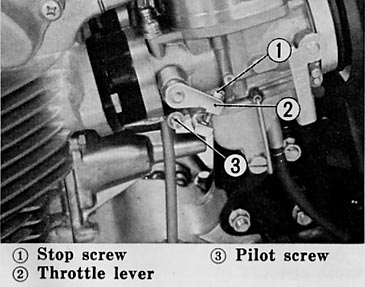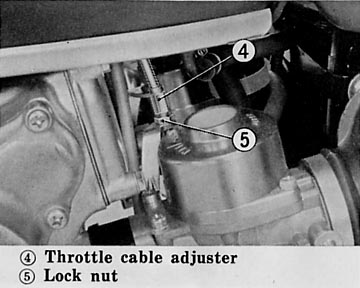|
|
|
A carburetor which is out of adjustment will adversely affect the performance of the engine, therefore it is important that the carburetor always be maintained in perfect adjustment.


Carburetor adjustment should only be made when the engine is at operating temperature.